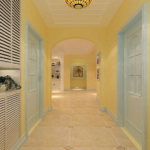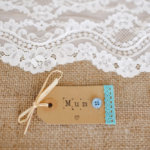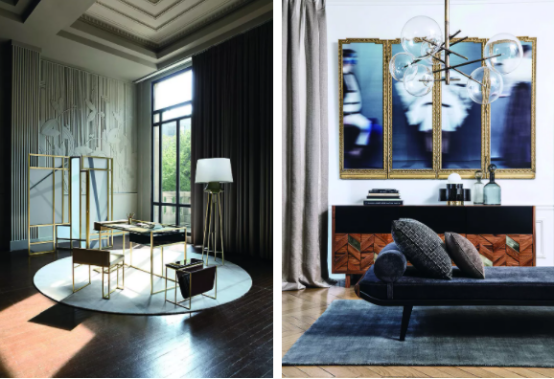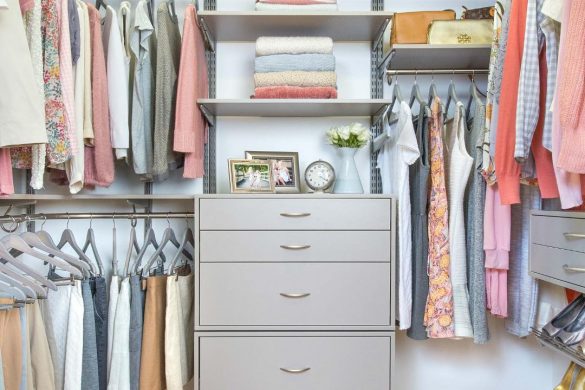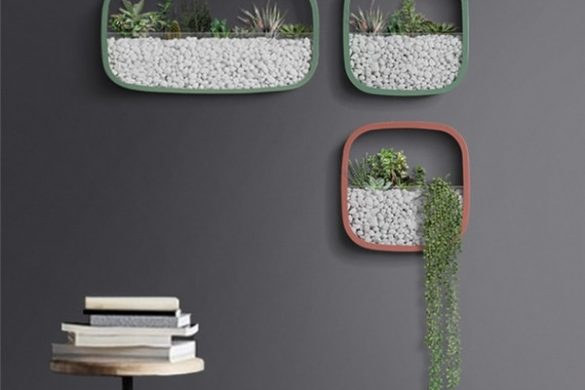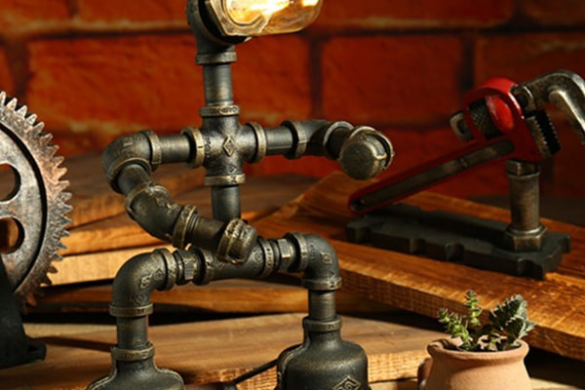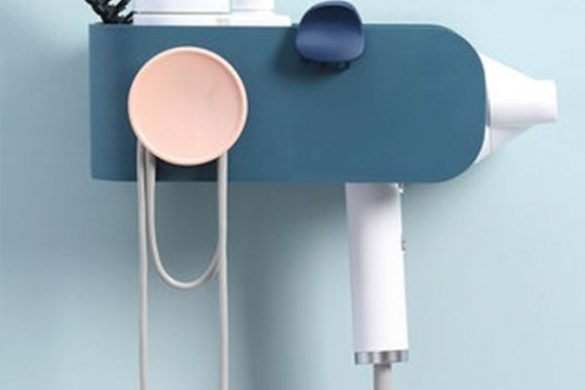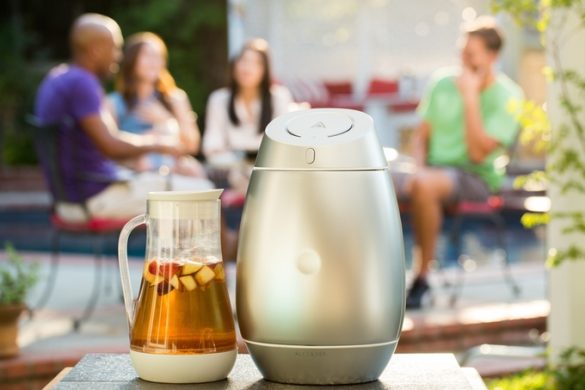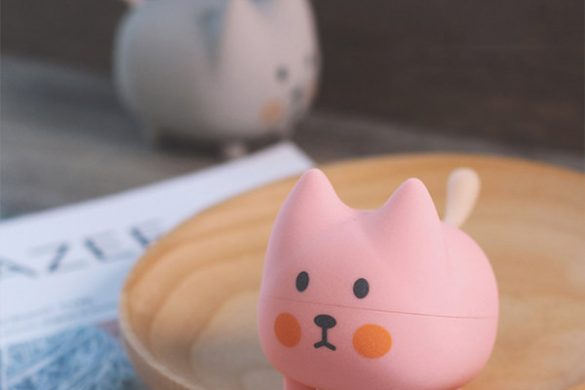Having trouble sleeping? Your bedroom could be the problem. If you’re looking to create the ideal bedroom for sleep, this guide will help you design the perfect sleep environment.
Choose a Comfortable Bed
The bed is the kernel of a bedroom and bedroom design for a good night’s sleep.
1. Low-Profile Bed Frame
Low to the ground, this stable and firm bed frame looks and feels safe and reliable.

2. Moderately Soft Mattress
A moderately soft mattress can distribute the weights of all your body parts evenly, and provide you with optimal support. Pressure can be adjusted throughout the mattress. Thus, you can get deep sleep.

3. Comfortable Bedding
The bed sheet and duvet cover made of soft fabric will make you feel comfy and sleep well, as they touch your skin directly.

Reduce Light Pollution
1. Reasonable Lighting Layout
Equip your bedroom with a main lamp that fulfills your basic lighting needs, and a fill light on hand for local lighting. The main lamp can be a pendant light with soft light. Do NOT install it over your bed, or your sleep quality may be affected.

Yet lighting without a main lamp is more suitable for the bedroom. For more information about such lighting, please refer to the article No Main Lamp? No Problem!

2. Soft Light
Color temperature influences sleep quality. Warm light, or a low color temperature, can create a comfy and relaxing atmosphere that helps you fall asleep. The best color temperatures for a good night’s rest range from 3,000K to 3,500K. A color temperature over 4,000K will make you feel calm rather than warm and relaxed.

Reduce Noise
1. Soundproof Door and Windows
Bedroom soundproofing relies mainly on the door. The denser, heavier, and thicker a door is, the more soundproof it is. That’s why the solid wood door is good at blocking out noise.
As for windows, insulating double-pane windows, or sealed casement windows with fiber-reinforced plastic frames can block out 70%-80% of noise.

2. Acoustic Foam
If you’re remodeling your bedroom, fill the walls with acoustic foam, and cover the foam with acoustic felt and plasterboard successively to minimize noise. If not, fill all the gaps around the door and windows with acoustic foam.

Use Light Colors
The most pleasant colors are beige and other soft, low-saturation colors. High-saturation colors, such as red, orange, and yellow, by contrast, are stimulating and thus unsuitable for bedrooms.
Too many colors will also affect your sleep, so use at most three colors in your bedroom to create visual harmony.

Use Non-toxic Materials
The bedroom, whether small or large, has a great many boards. The bed, floor, wardrobe, nightstands… all need boards. Inferior boards, if used, may release formaldehyde continuously.
Benzene is another major pollutant in the bedroom. It’s usually used as an additive or thinner in various paints on bedroom walls. Be sure to choose non-toxic materials and furniture so that you can get a healthy night’s sleep.


